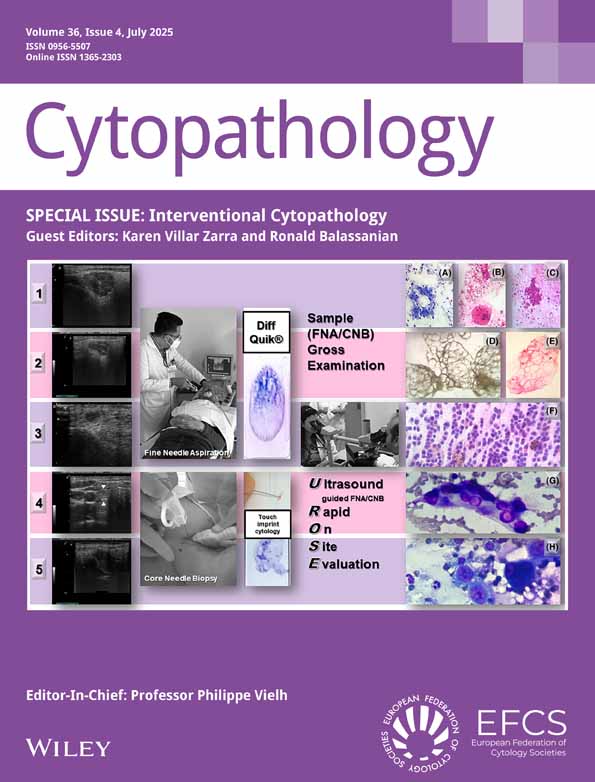Involving the General Practitioner In Screening For Cervical Cancer
Abstract
In the Leiden region, the cervical cancer screening programme for the age group 35–54 years shifted in 1989 from one in which the smears were taken by specially trained paramedical personnel in health centres to a programme where the general practitioner is the smear taker. Hence, it is possible to compare the results of the two types of screening to evaluate whether involvement of general practitioners leads to better uptake of screening. In the 6 year period evaluated in this paper, the 3-yearly cytological rate per thousand for severe dysplasia or worse increased from 1.00 to 3.40; when stratified by age the positive rates were significantly higher. the histological rate per thousand for severe dysplasia increased from 0.60 to 2.09, and for carcinoma in situ from 0.35 to 1.36. All six invasive carcinomata were detected in the GP programme (0.31%). the general practitioner is clearly more able to attract the ‘high-risk’groups.
Dans la reéion de Leiden, le programme de dépistage du cancer du col pour les tranches d'âge de 35–54 ans a été modifié en 1989. Le programme était initialement basé sur des frottis faits dans des centres de santé, par un personnel paramédical ayant suivi une formation particulière. Après 1989, le médecin généraliste est devenu le préleveur. II est done possible de comparer les résultats de ces 2 types de dépistage et d'apprécier si la participation des médecins généralistes a pour conséquence un meilleur dépistage. Au cours de la période d'étude, les taux pour 1000 de positivité cytologique pour les lésions graves (de type dysplasie sévère et plus) et par période de 3 ans ont augmenté de 1,00 à 3,40. Lorsque l'on stratifie sur l'âge, les taux de cas positifs sont significativement supérieurs. Le taux histologique des dysplasies sévères pour 1000 passe de 0,60 à 2,09 et celui du carcinome in situ de 0,35 à 1,36. Les 6 cas de carcinome invasif ont été détectés par le programme impliquant les médecins généralistes (0,31%). II est clair que le médecin généraliste est mieux placé pour dépister les patientes à“haut risque”.
Im Bezirk von Leiden wurden die Abstriche der 35- bis 54 jährigen vor 1989 von speziell ausgebildeten Hilfskräften in Gesundheitszentren hergestellt, während diese Aufgabe dann von den Allgemeinmedizinern übernommen wurde. Dies erlaubt einen Vergleich zwische den Präparaten von zwei jeweils 3 Jahre umfassenden Perioden. Der Anteil schwerer Dysplasien und stärkerer Veränderungen nahm von 1.00 auf 3.40 pro Tausend zu. Der histologische Anteil der schweren Dysplasien erhöhte sich von 0.60 auf 2.09 und der der Carcinomata in situ von 0.35 auf 1.36. Alle 6 nachgewiesenen invasiven Carcinome wurden in den Abstrichen der Allgemeinmediziner entdeckt (0.31%o). Damit ist klar, daß die Allgemeinmediziner die Risikogruppen besser zu erfassen vermögen.




